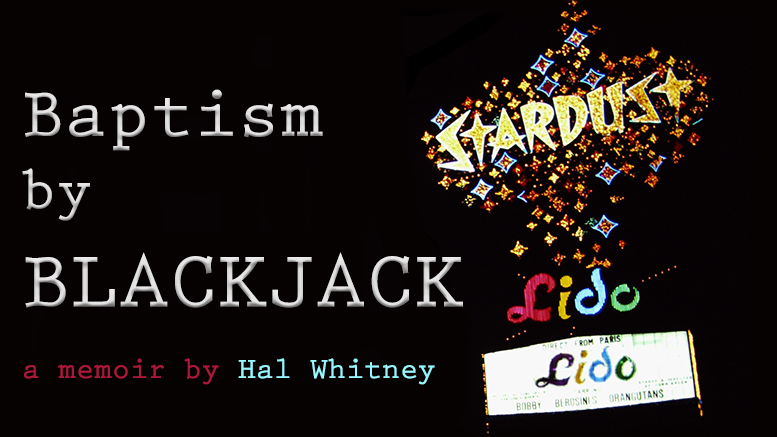
Hal Whitney: Baptism by Blackjack – Part 1
Reader Hal Whitney shares Part 1 of his intriguing blackjack memoirs…
It was 1978, and I had recently discovered the game of blackjack. My interest in blackjack stemmed from my obsession with, of all things, Jai-Alai. World Jai-Alai had opened a fronton in Hartford, near where I lived, back in 1976. And Jai-Alai was big in Hartford! From the day it opened, it attracted huge crowds. There was no other type of legal gambling in the state except for a Dog Track about 50 miles away in eastern Connecticut.
The fronton was crowded every night it was open, but Friday and Saturday nights were extraordinary. Traffic jams formed on the roads leading to the fronton and the admission lines stretched around the building. There were three levels of seating with betting windows at each level. The lines for the betting windows were crazy. If you wanted to make a bet on the next game, you had to get on the line immediately after the preceding game or risk being shut-out.
I was never a gambler before Jai-Alai came to Hartford, but the excitement of the whole thing lured me in. I even discovered a system that was fairly profitable.
Because of the way Jai-Alai is played, the Quinella numbers, 1-2, 1-3, 1-4, 1-5, 2-3, 2-4, and 2-5 would win more often than any other combination. This was common knowledge, so naturally, the payoffs on those numbers were less than the other combinations. The system involved watching the tote board as the betting progressed just prior to the game. About a minute before the game began, you checked to see if any of those Quinella combinations were going off at 15-1 or better. If so, you placed a bet on each combination that met the 15-1 requirement. If you lost a game, you would again keep an eye on the tote board for the next game and play the 15-1 combinations, but you would increase the amount wagered on each of those quinellas. If you then lost that game, you would increase the wagers a little bit more for the next game; and so on. It was my first taste of “progression betting” although I didn’t know at the time that that was what is was called. You wouldn’t win every evening, but if you kept at it, you would win often enough to show a nice profit.
For about a year or two, I made a nice little second income using this system. I was betting hundreds of dollars per game.
But the problems started after the initial popularity of Jai-Alai began to wane. Instead of attracting hordes of bettors that numbered in the thousands each evening, the crowds began to dwindle so that only eight or nine hundred were showing up.
Since there was a lot less money in the pari-mutuel pool for each game, and I was betting a lot of money on each game, I could see my bet affecting the odds on a particular quinella combination. If I saw a combination at 15-1 for example, I would place my wager, but my bet might be enough to knock the odds down to 14-1. I was still winning, but the payoffs were smaller and no longer enough to show a long-term profit. The system needed large crowds and Jai-Alai just wasn’t getting those crowds anymore.
During my venture into Jai-Alai, I came across a magazine called “Gambling Times.” Initially, I bought it for the Jai-Alai articles, but I started reading about blackjack too. This is where I discovered Basic Strategy and the various blackjack counting methods.
About that time the new handheld blackjack games that were about the size of a calculator began coming on the market. I bought one and began playing endless hours of blackjack while practicing basic strategy. I got pretty good at it and to this day I can give you the correct move for any blackjack situation without consulting a book or one of those laminated cards. Not that that’s any big deal. Anyone can have the whole strategy memorized after just a few hours of solid practice. But at the time I thought I was pretty hot stuff.
I had the Blackjack fever, and I was anxious to play in a real, live casino. Atlantic City, just a 5-hour drive away, had opened its first casino a few months earlier.
My buddy, Jack, was getting pretty interested in the game too, and we decided to take a trip down to New Jersey to try our luck. But we were a little hesitant as we kept reading stories about the huge crowds at the Resorts Hotel & Casino which was the only one open in Atlantic City at that time. From what we heard it was almost impossible to find a table to play without waiting for hours for someone to vacate a spot. We wanted to play; not stand around and watch.
Jack came across a newspaper ad for a Four-day, three-night trip to Las Vegas which would cost us about $300 each, double occupancy at the Stardust Hotel. And that included the round-trip flight out of New York City. Sounded good so off we went.
When we arrived at the Stardust, it was about noon, and we were informed that our rooms wouldn’t be ready until later that afternoon. So we had some time to kill. Part of the package was a coupon good for a $2 roll of nickels at a tiny casino just across the street from the Stardust called Silver City. We decided to try it out, and we each got our $2 roll of nickels. Instead of blackjack, we played the nickel slots. The slots at Silver City must have been the loosest ever created. Two hours later and I still hadn’t gotten rid of that $2 worth of nickels. Every time I got down to my last few coins, I’d hit a jackpot and wind up with another dollar or two of nickels. And my fingers were black with the residue of handling those nickels all afternoon.
Finally, with our nickel rolls exhausted, we went back and checked into the Stardust. It wasn’t a top-of-line Las Vegas hotel, but it was still pretty classy weighed against any other place else we had ever stayed. I loved the dark ambiance of the Stardust. To this day I still prefer casinos with the subdued, low-key lighting that the Stardust offered.
To say the least, Las Vegas was a different town back then. Different in the number and size of the casinos and different in the way blackjack was played. And compared to cities like New York and Boston it was still a very small town.
Today, Las Vegas Boulevard, on the four-mile stretch known as “The Strip,” is wall-to-wall resorts all the way from Mandalay Bay in the south up to The Stratosphere, the northern-most Strip hotel. But in 1978 neither of those hotels existed and there were still long stretches of bare desert between the hotels.
Back then most of the casino action was focused on the northern part of the strip. Today the hotels in the north are mostly gone or a bit threadbare and showing their age (in spite of “renovations.”) The huge mega-resorts that receive most of the attention are all to the south.
In 1978, one of the classiest joints on the Strip was the Desert Inn; or the “DI” as most people referred to it. The Desert Inn was the hotel that was featured on the ABC network television show, “Vegas.” The show featured a private detective, Dan Tanna, who worked almost exclusively for the Desert Inn. It was amazing how much free publicity the DI was getting from this show. It was this TV show that got me excited about taking a trip to Las Vegas.
The DI was across the street and just to the south of the Stardust. Across the street and just to the north was the Riviera which was an upscale joint. Then the Silver Bird and finally, the Sahara. Just to the north of the Stardust was Circus-Circus which at that time was a fairly stylish hotel.
As you walked south from the Stardust, though, things got a little barren. On the west side of the strip you would pass the Frontier Hotel, then a few vacant, desert lots with an occasional gas station or souvenir shop. Then you came to the smallish Castaways Hotel. This is now the site of the Mirage. The Sands was just across the street.
Then came Caesars Palace and across Flamingo Road was the Dunes. The Flamingo was directly across the Strip from Caesars and diagonally across the street was the original MGM Grand (now Bally’s) which had opened about five years before. With 2,084 rooms, it ranked as the biggest hotel in the world at that time. People marveled at its size. The casino itself was advertised as “the size of a football field.” Today a hotel in Las Vegas with just 2000 rooms is considered a medium-size resort and a football field size casino is considered minuscule.
South of Caesars Palace there was nothing for about a mile and a half except for more souvenir shops, gas stations, and small motels.
The current sites of the Monte Carlo, New York-New York, Excalibur, and Luxor were all just barren desert. The last, lonely little hotel on the south end of the strip was the Hacienda, now the site of Mandalay Bay.
Las Vegas did live up to its “Sin City” nickname, though. Jack and I hiked the length of the strip, and I don’t think you could walk one-hundred feet in any direction without being accosted by a hooker. “Hey… are you, boys, looking for a party?” That seemed to be the standard line. Well, we WERE looking for a party, but not in front of a gas station on Las Vegas Boulevard at 10:30 in the morning. There are still hookers in Las Vegas just as there are in any city, but they’re not quite as obvious as they were back then.
The game of blackjack has also changed quite a bit since that first trip in 1978. I’ll tell you about my first blackjack experiences in my next installment.
[Images: Wikimedia Commons, UNLV, Mardcortesbaja]
5 thoughts on “Hal Whitney: Baptism by Blackjack – Part 1”
Comments are closed.
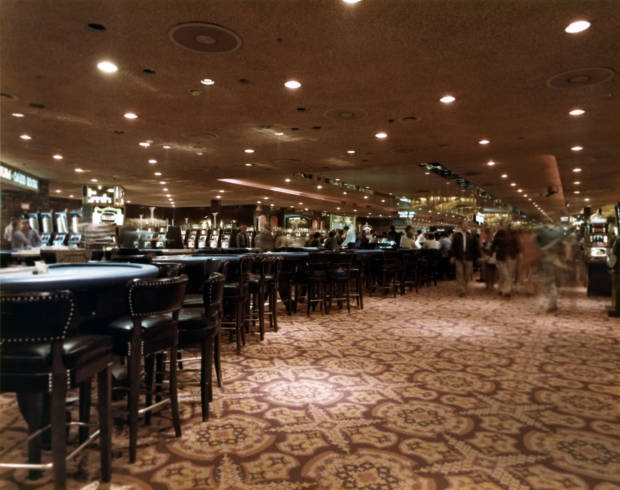
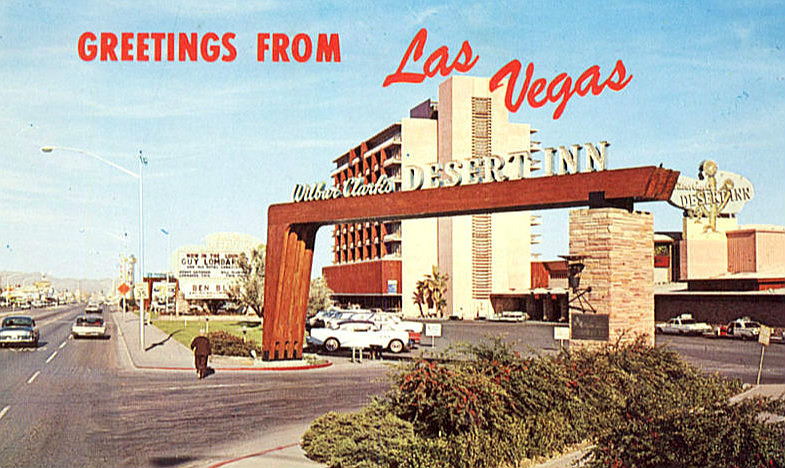
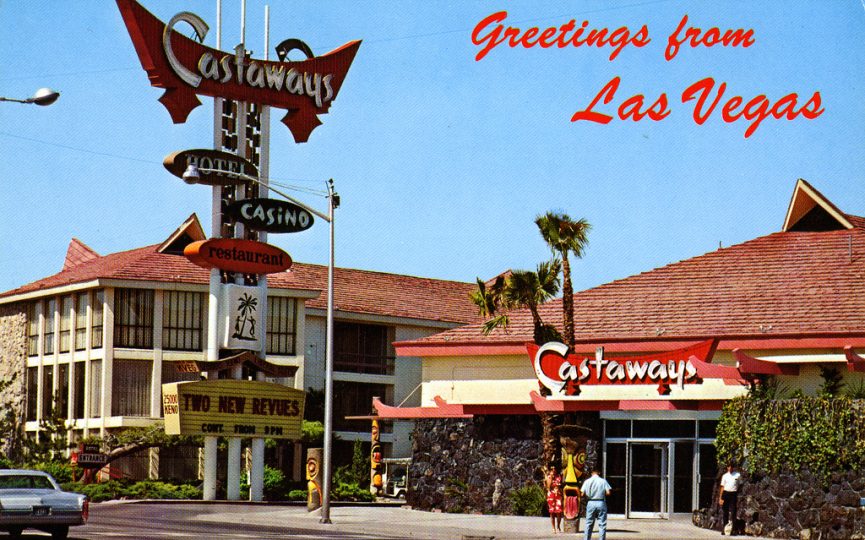
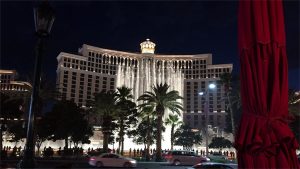
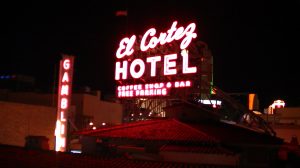
Awesome read… can wait for the next part.
Great story. I love hearing about old Vegas. I’ll be watching for the next part of the story. Thanks for sharing!
Your story so far has me hooked. I was hoping to see the second article today. From the looks of it I imagine you have many stories to tell. I have quite a few stories and I been coming to Vegas since 07 and I’m not so good at telling my stories like you have started to do.
Really good read. Looking ward to next installment.
in my book, you get extra credit for this post just for including the Stardust photo. :-)